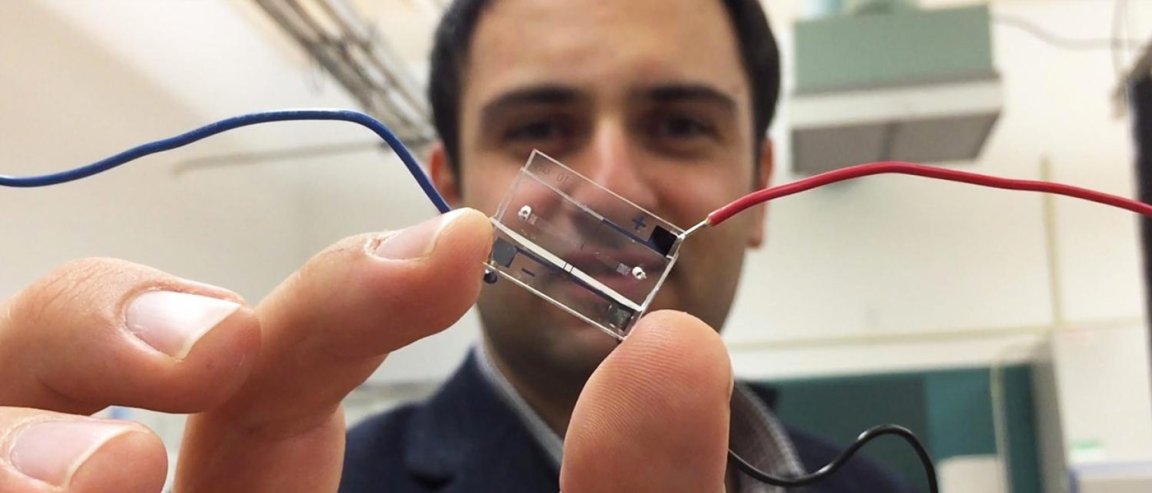
Identification Codes for Every Cell
A team at Georgia Institute of Technology has found a way to digitize information observed on microfluidic chips, resulting in an inexpensive, sophisticated pocket medical testing device that would make testing accurate and convenient outside of hospitals.
Fatih Sarioglu, an assistant professor in Georgia Tech’s School of Electrical and Computer Engineering has added an extra feature to microfluidic chips that would enable them to assign codes onto cells and trace them as they pass through the chips’ channels. Using three electrodes, they are able to assign unique identification numbers to each cell, meanwhile capturing information about their size and speed, allowing them to count and analyze the cells they sorted.
“We have created an electronic sensor without any active components,” Sarioglu says. “It’s just a layer of metal, cleverly patterned. The cells and the metallic layer work together to generate digital signals in the same way that cellular telephone networks keep track of each caller’s identity. We are creating the equivalent of a cellphone network on a microfluidic chip.”
Diagnosis Outside of Hospitals
Microfluidic chips belong to a class of technology referred to as “lab-on-a-chip,” and have “the ability to use very small quantities of samples and reagents, and to carry out separations and detections with high resolution and sensitivity; low cost; short times for analysis; and small footprints for the analytical devices.”
The technique using this hybrid microfluidic chip, dubbed microfluidic codes, allows for the automatic detection of cancer cells, bacteria, and viruses and has proven to exhibit an accuracy of more than 90 percent. The data is stored in a computer and would be a milestone in remote diagnostic testing worldwide.
“It will be very exciting to scale this up, and I think that will open up the possibility for many different assays to become accessible electronically,” Sarioglu says. “Decentralizing health care is an important trend, and our technology might one day allow many kinds of diagnostic tests to be done beyond hospitals and large medical facilities.”